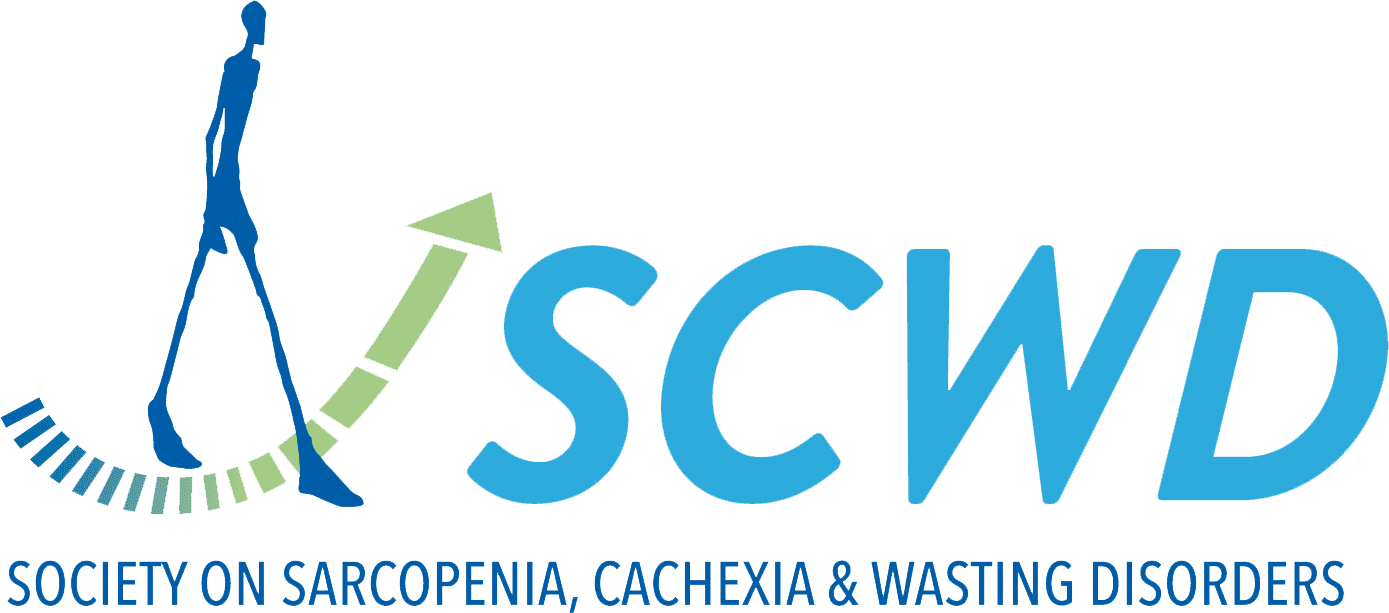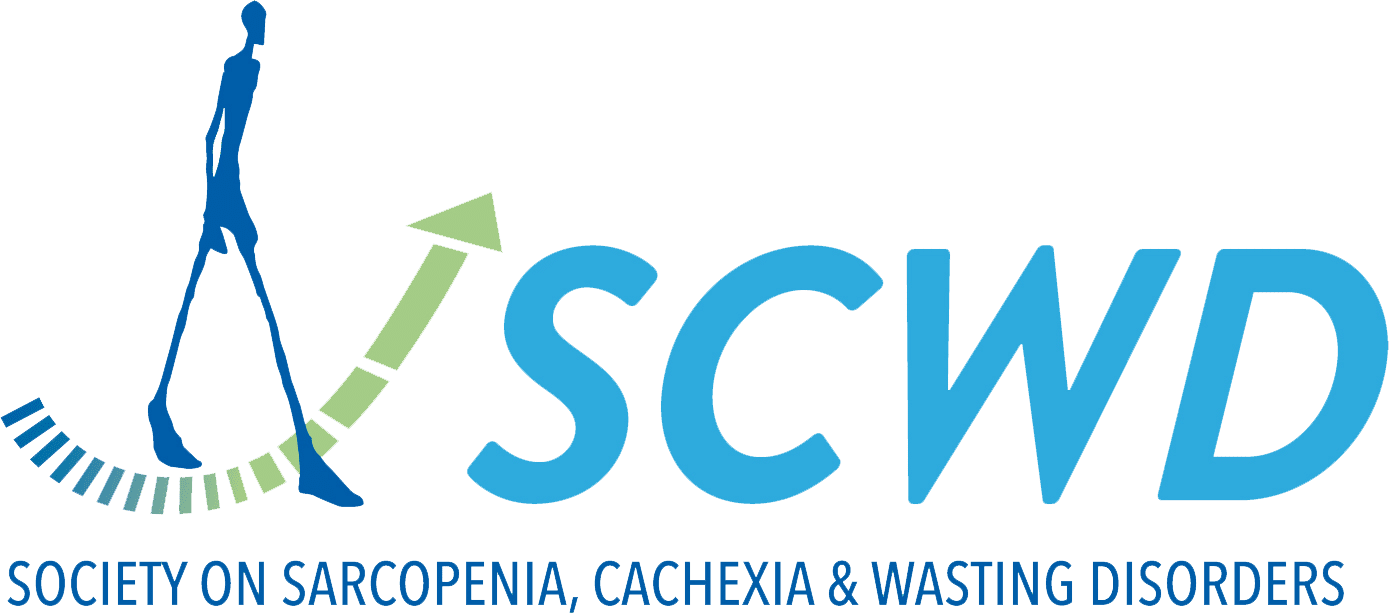Sex-specific differences between C-reactive protein and appendicular lean soft tissue index in heart failure: findings from the National Health and Nutrition Examination Survey.
INTRODUCTION
Heart failure (HF) is often accompanied by muscle wasting and elevated C-reactive protein (CRP). This study aimed to examine the association between CRP and appendicular lean soft tissue index (ALSTI) in patients with HF, focusing on potential sex differences.
METHODS
Using data...


